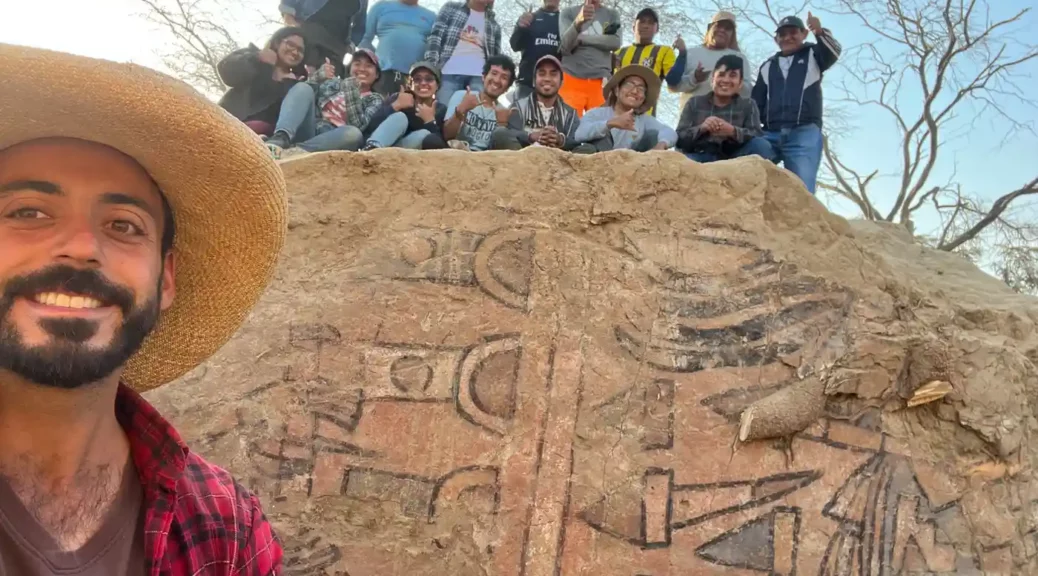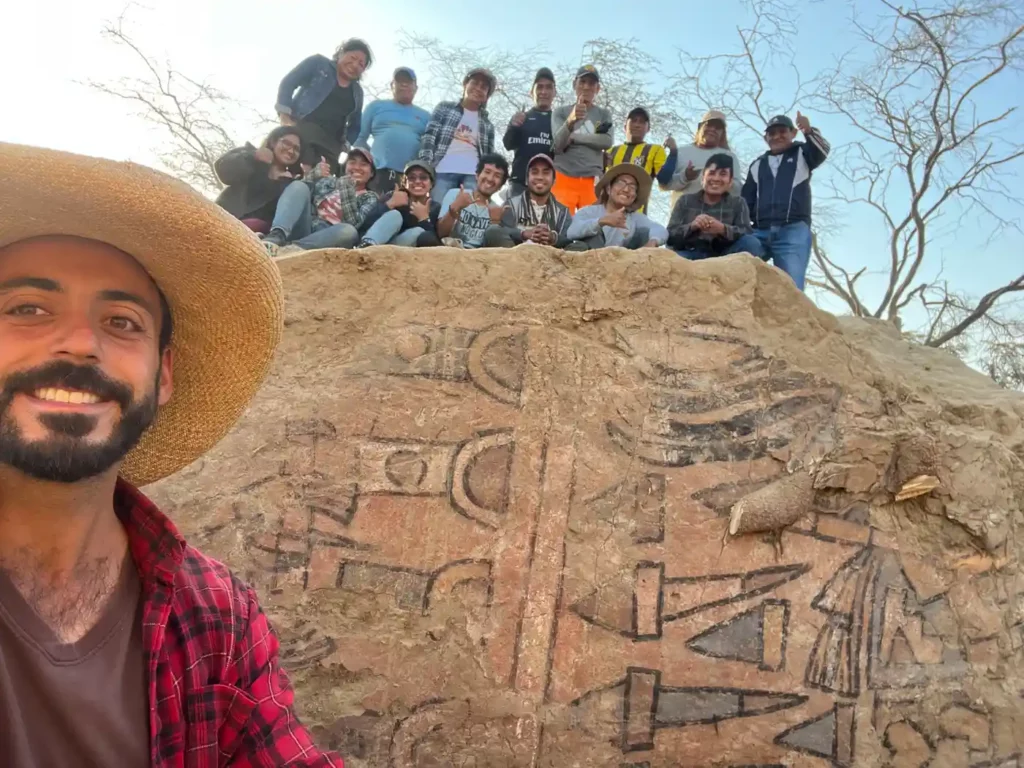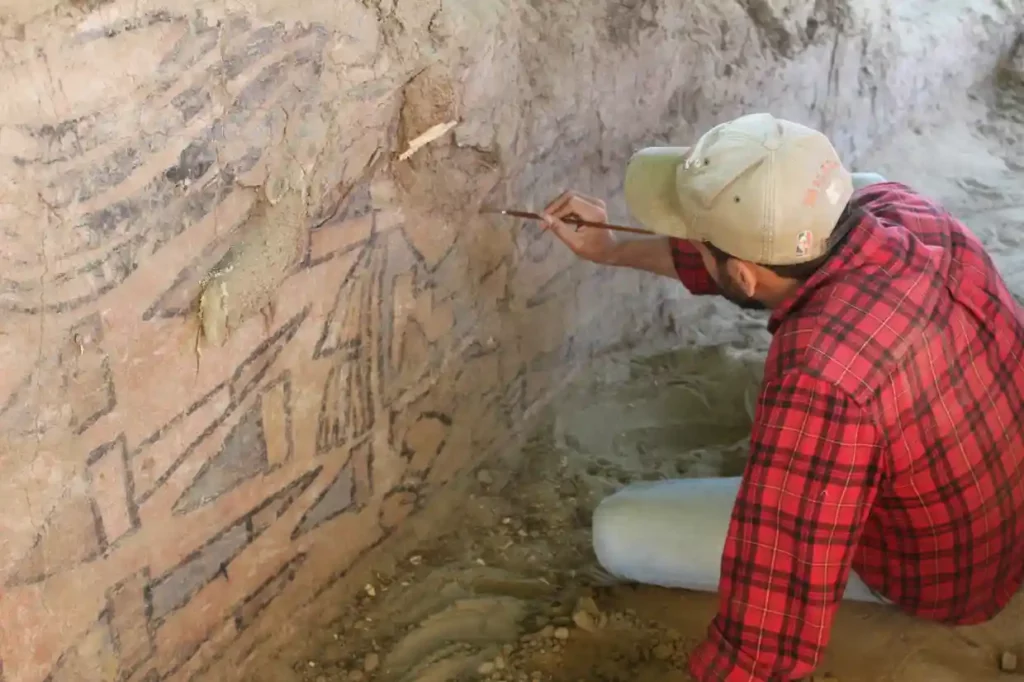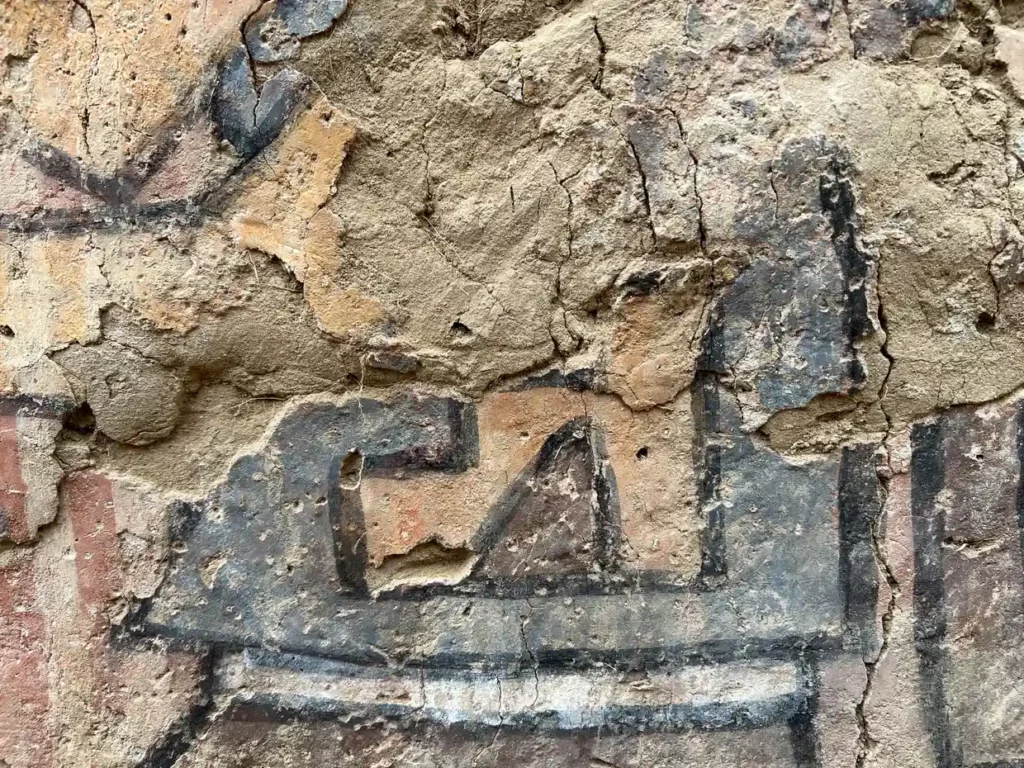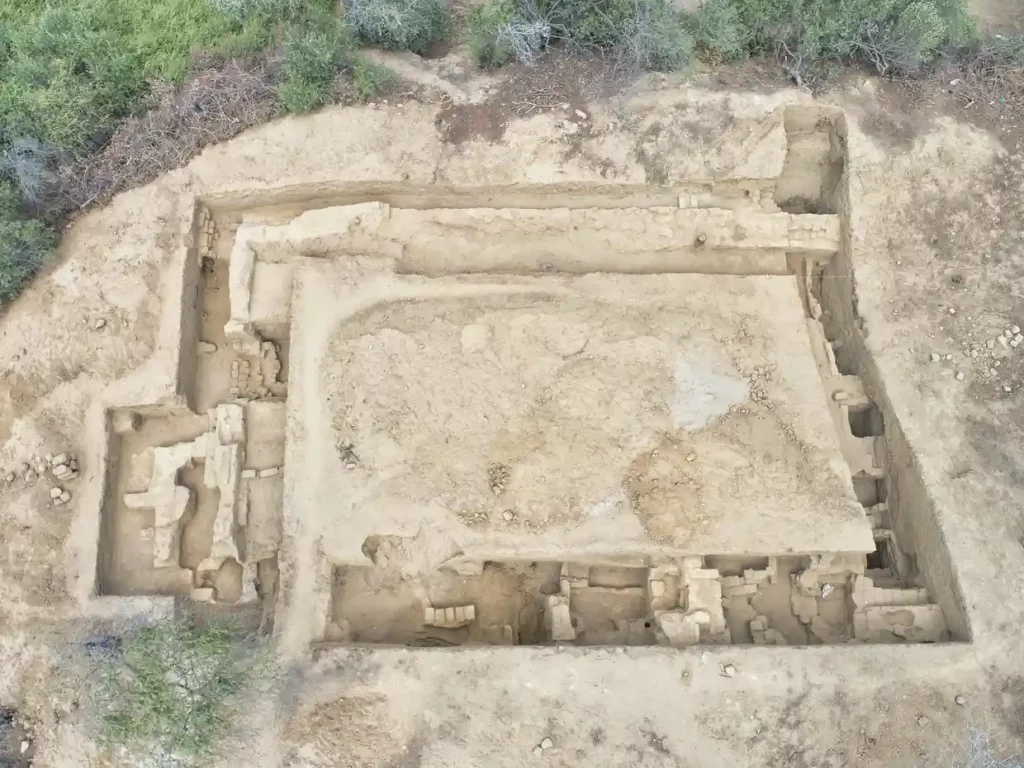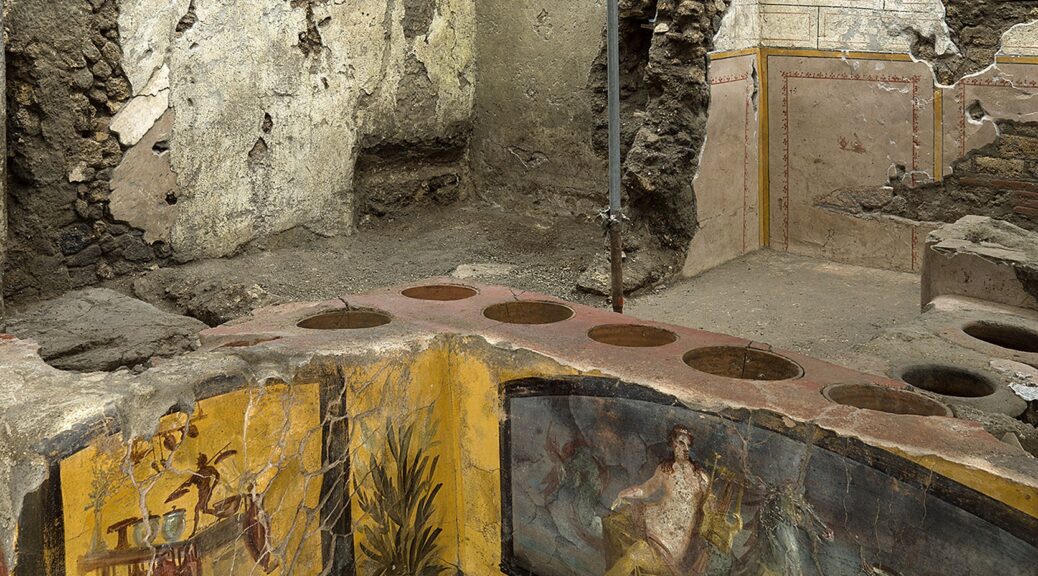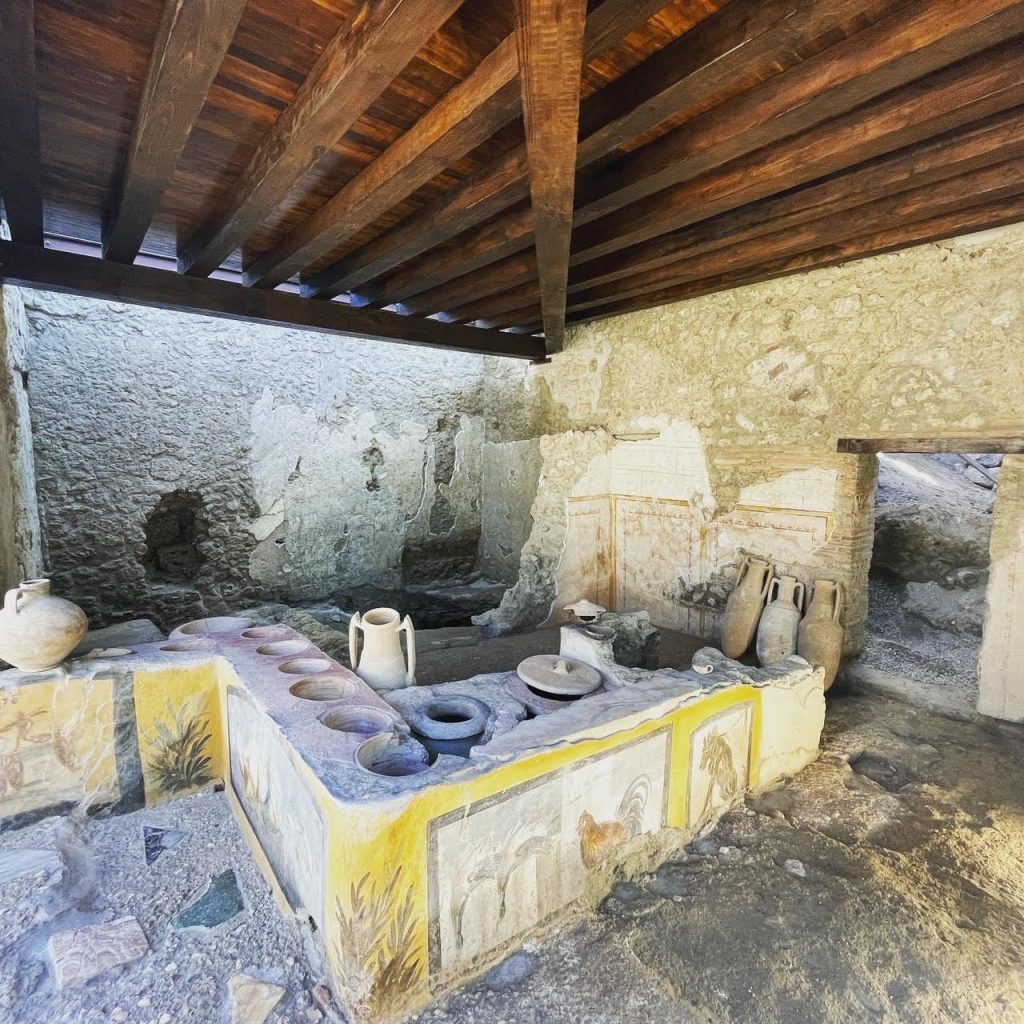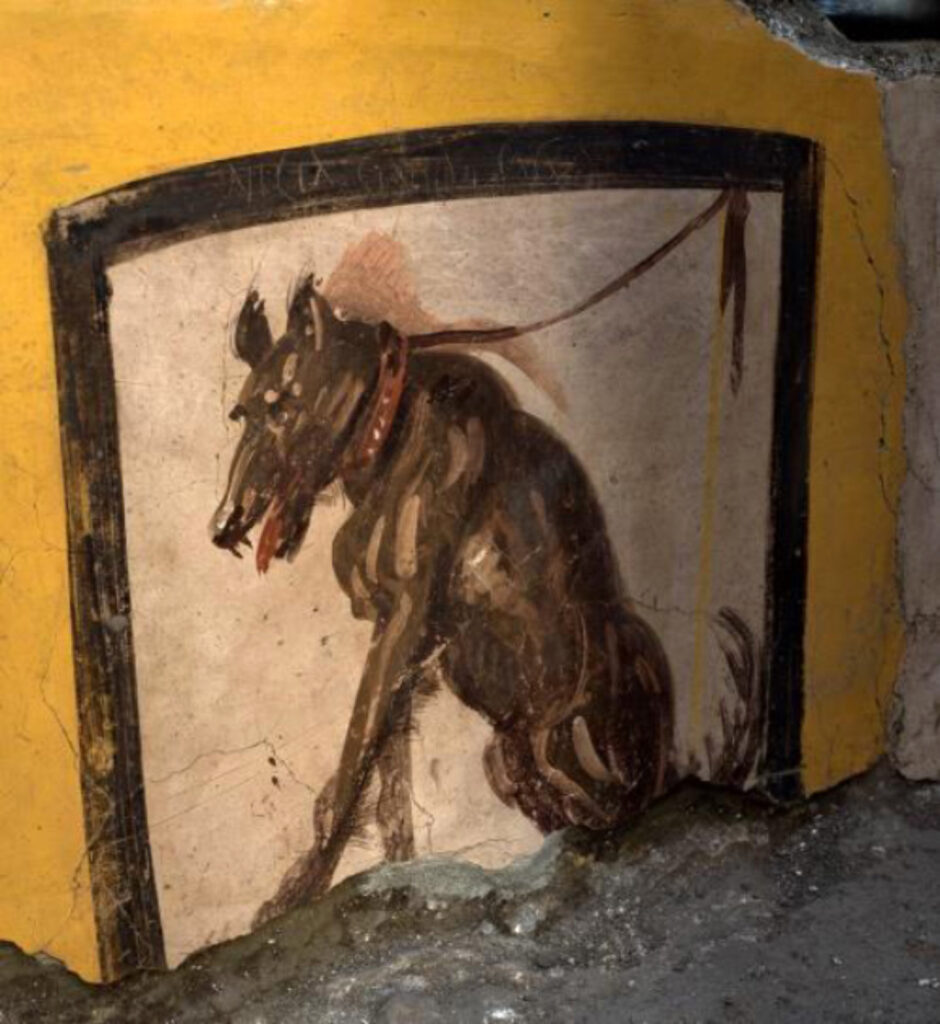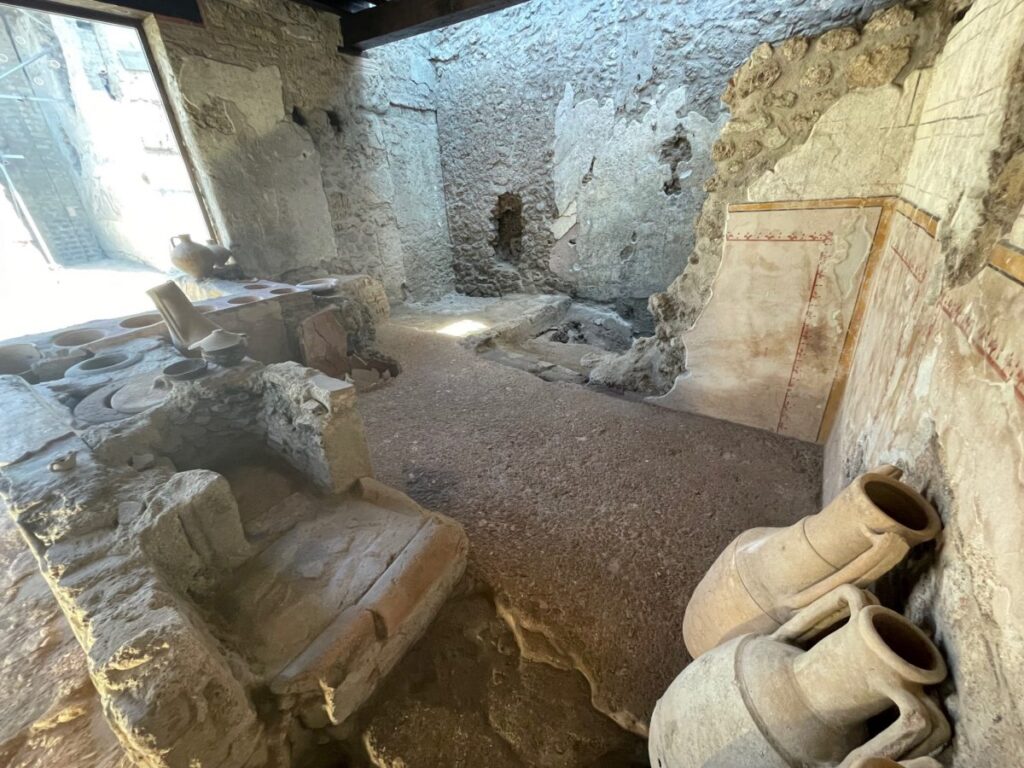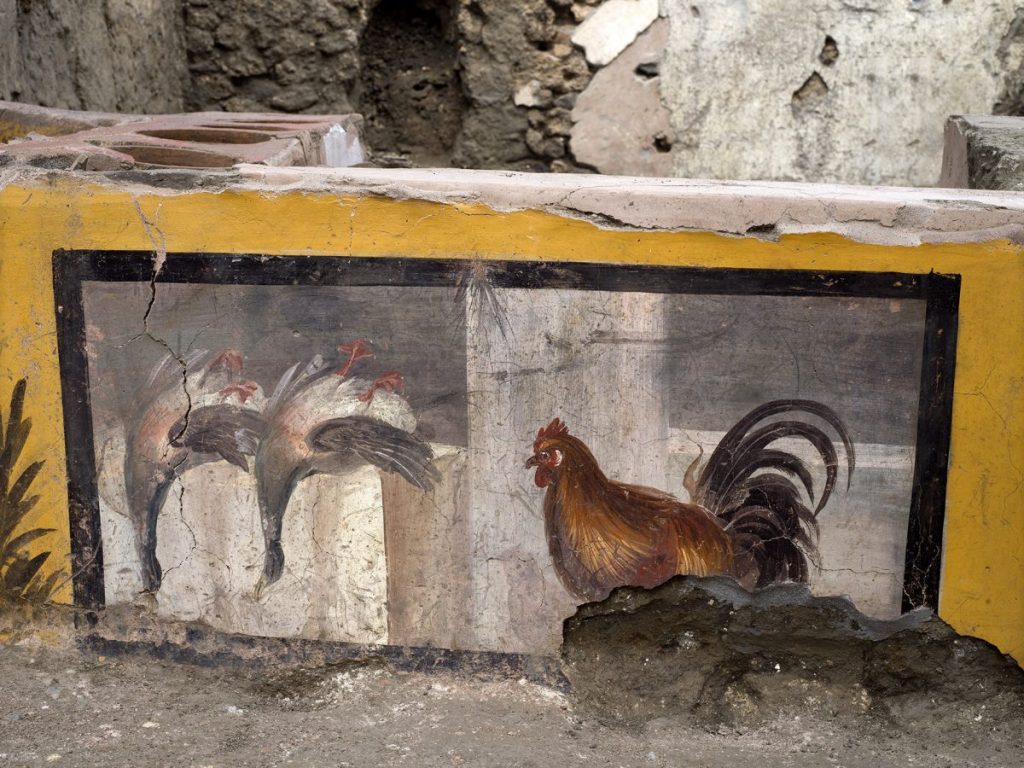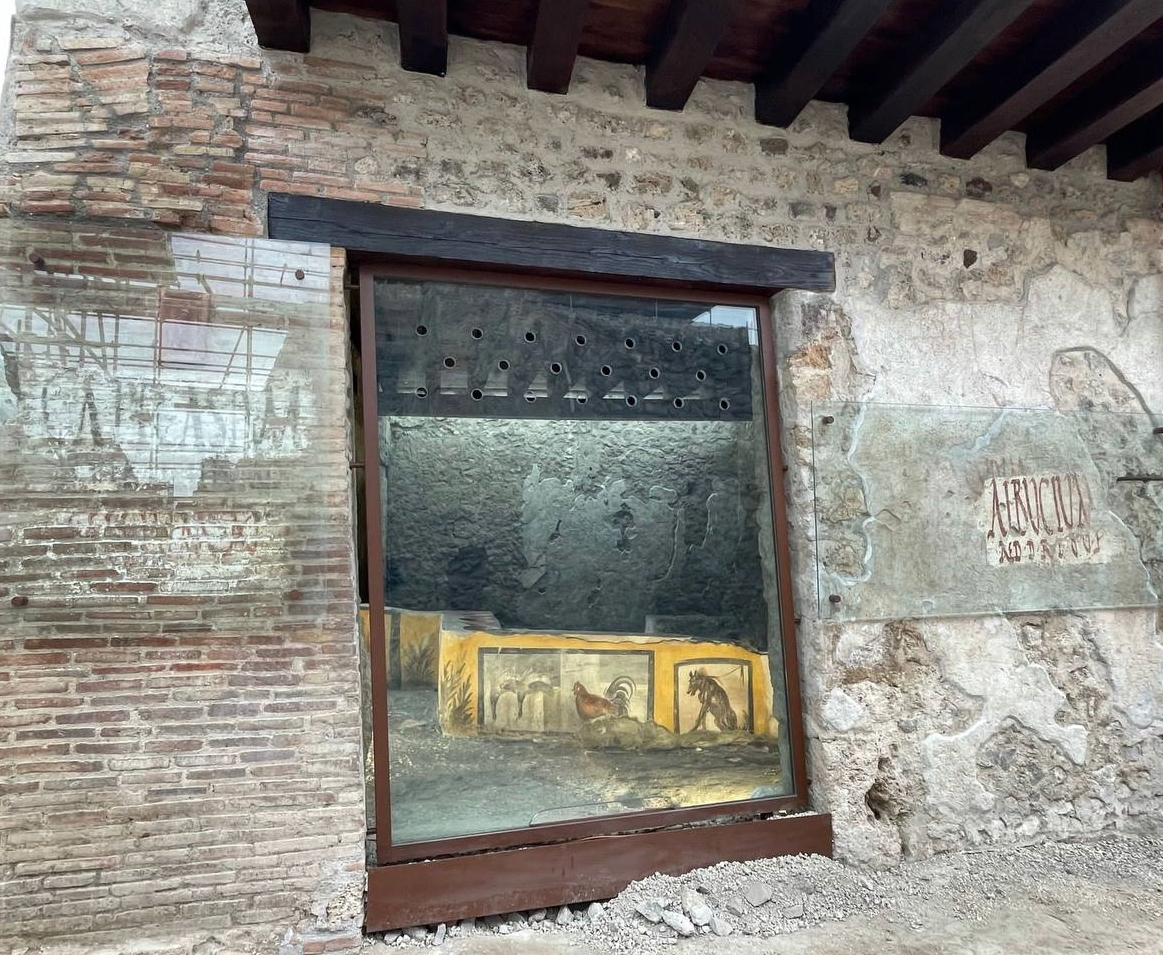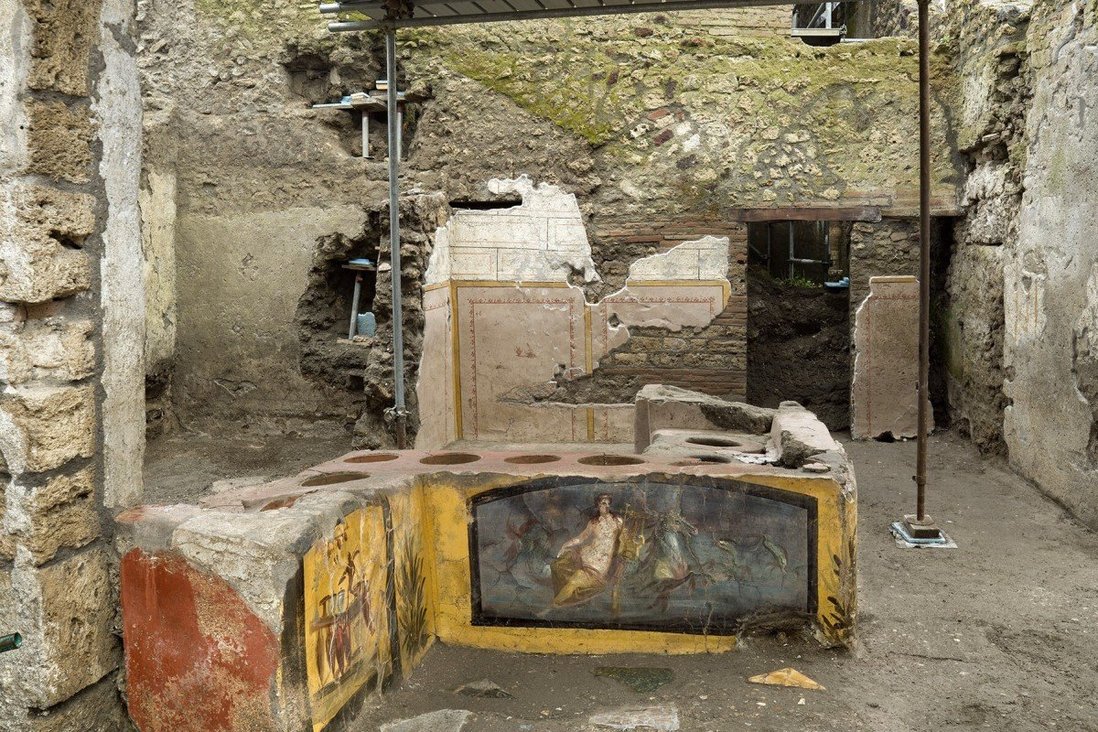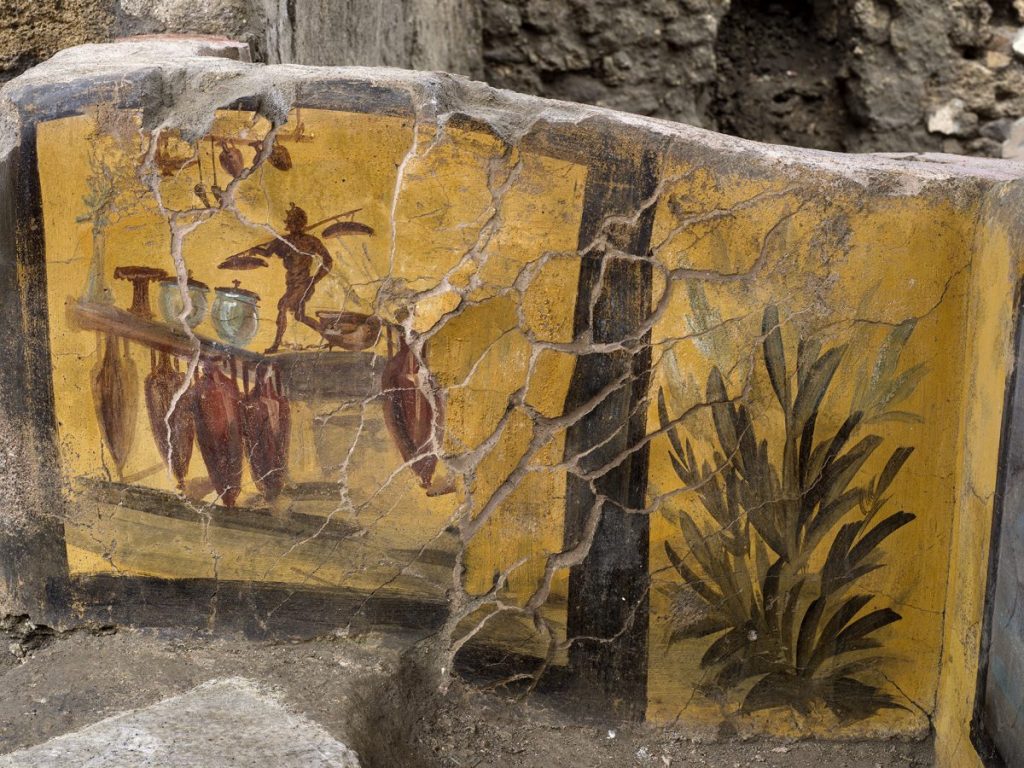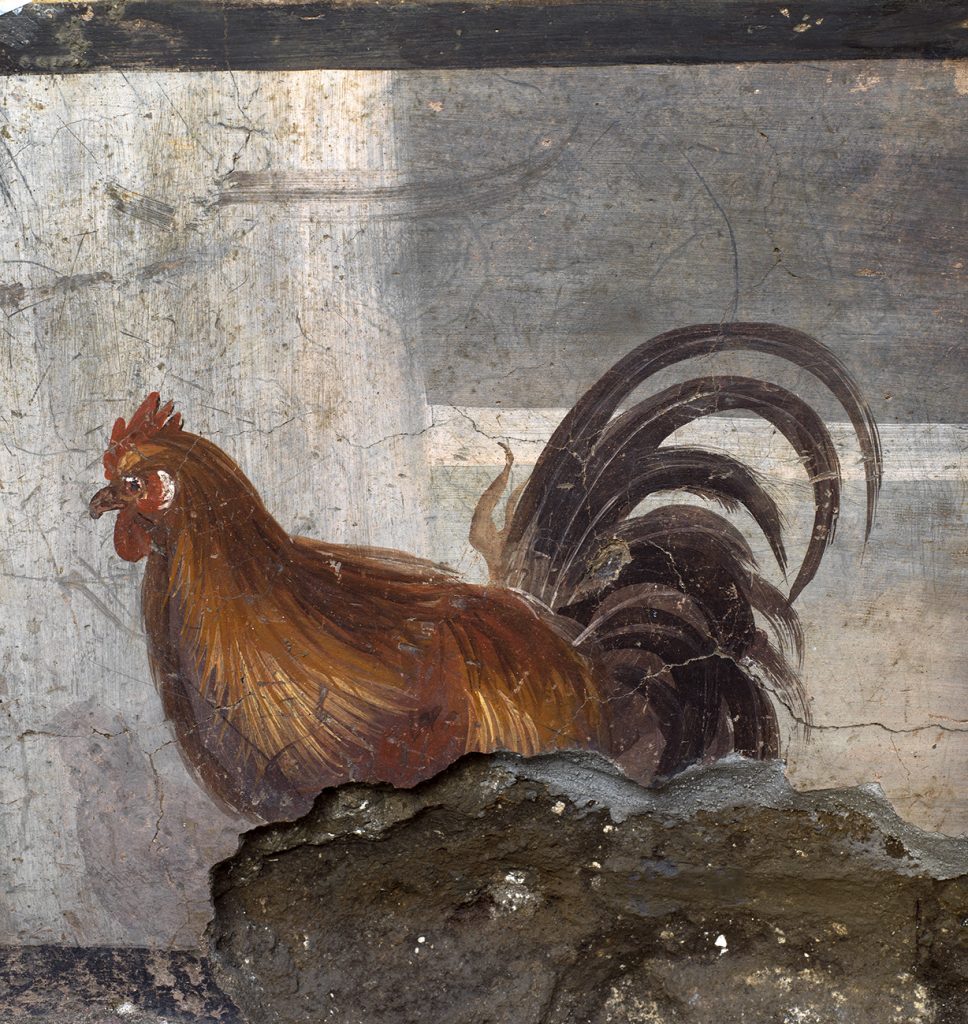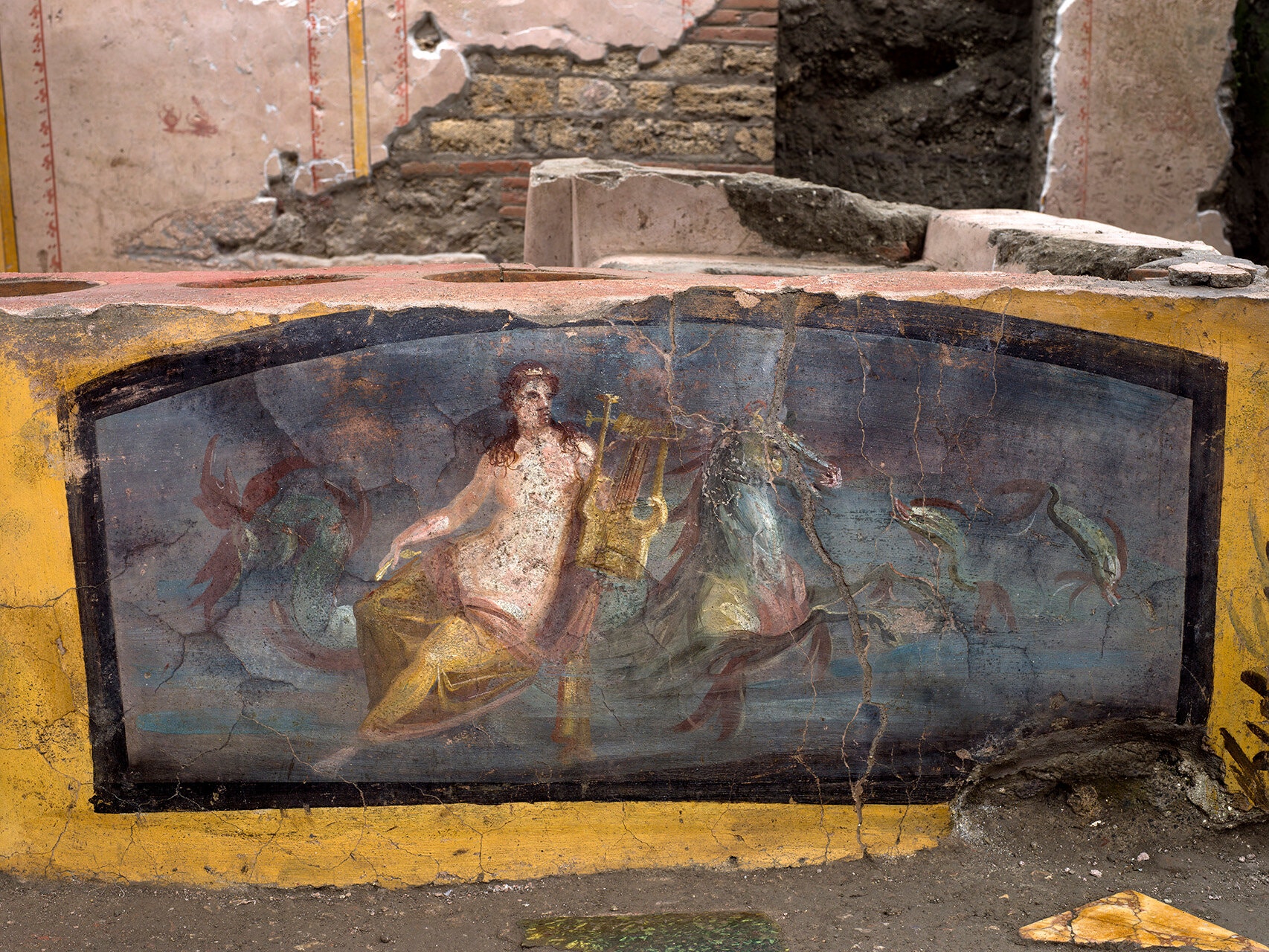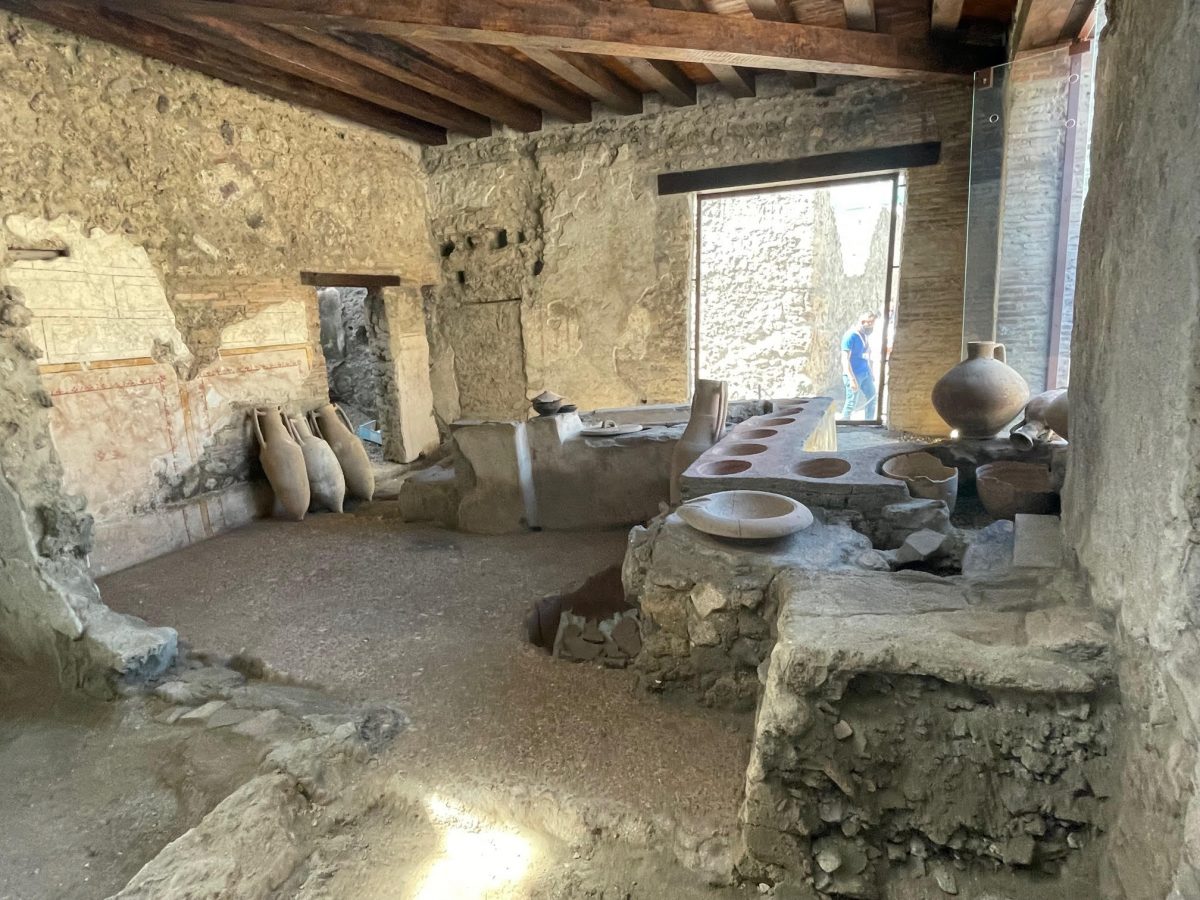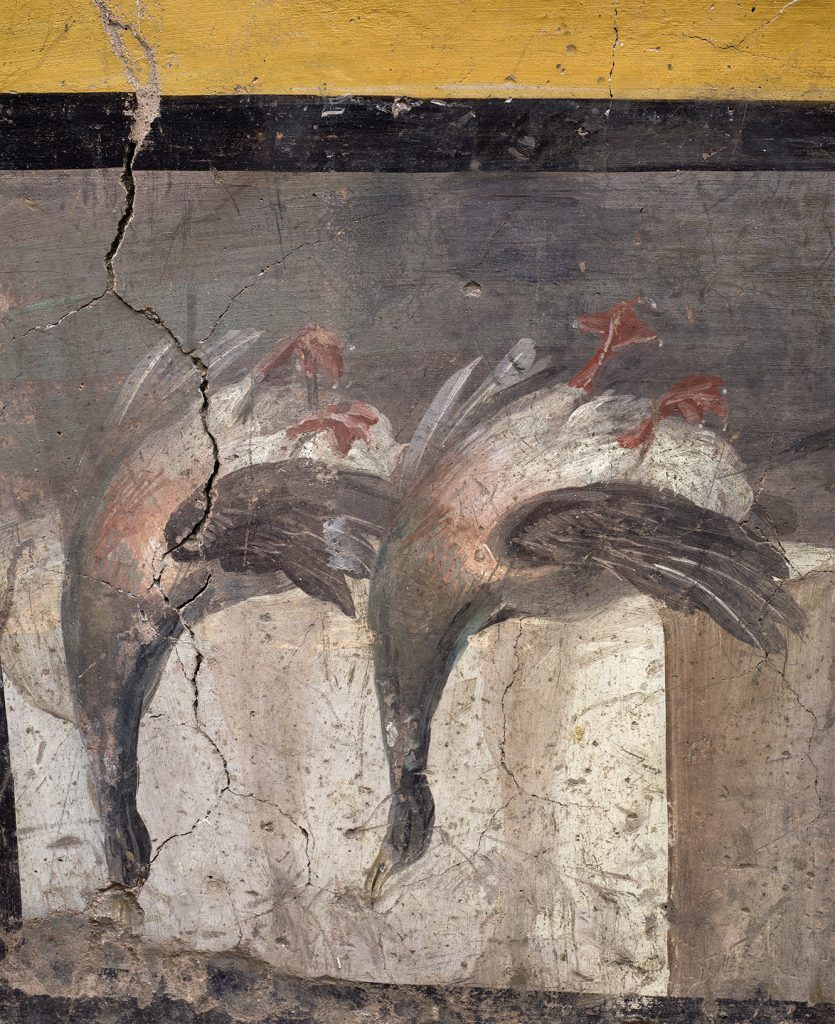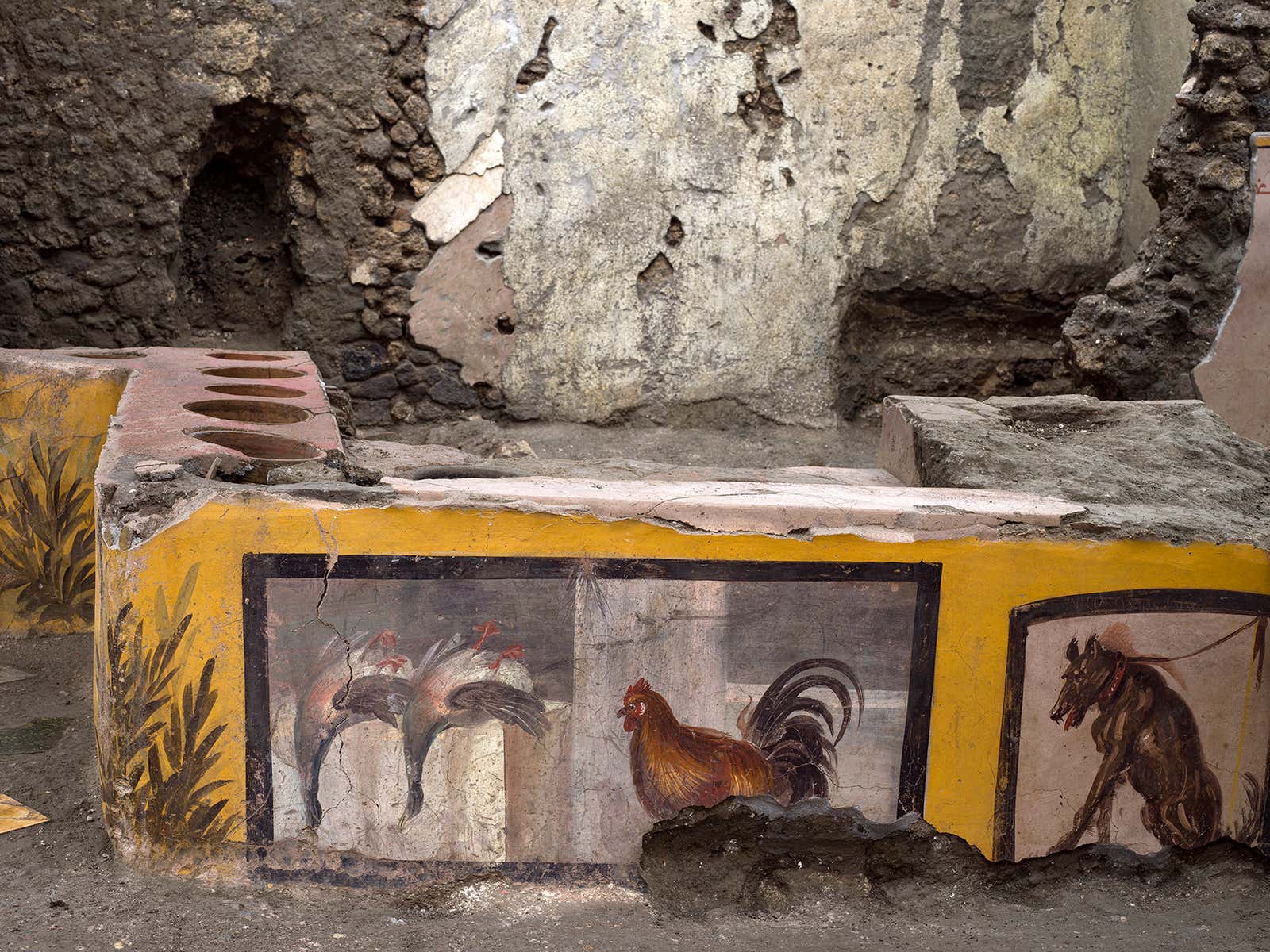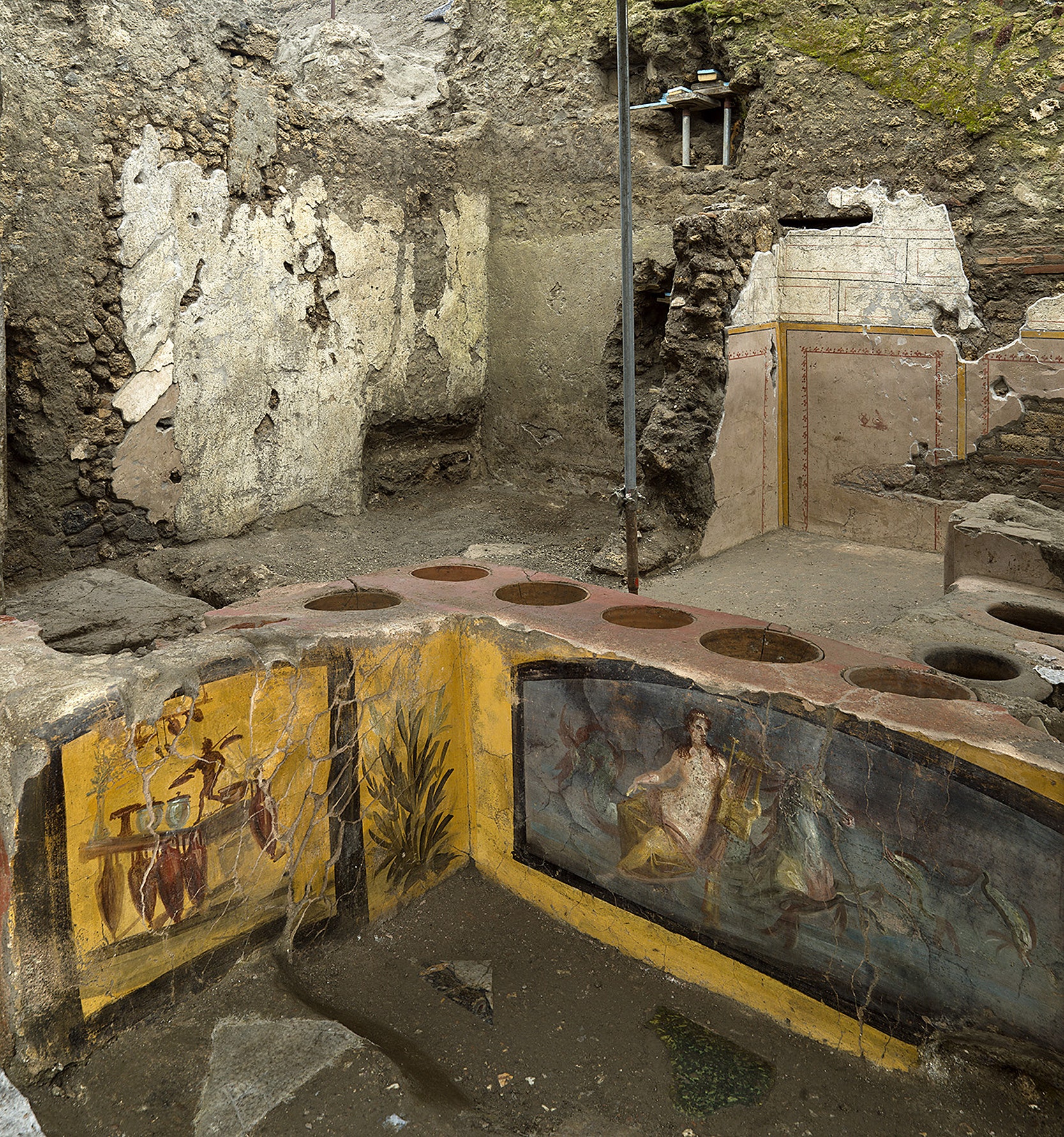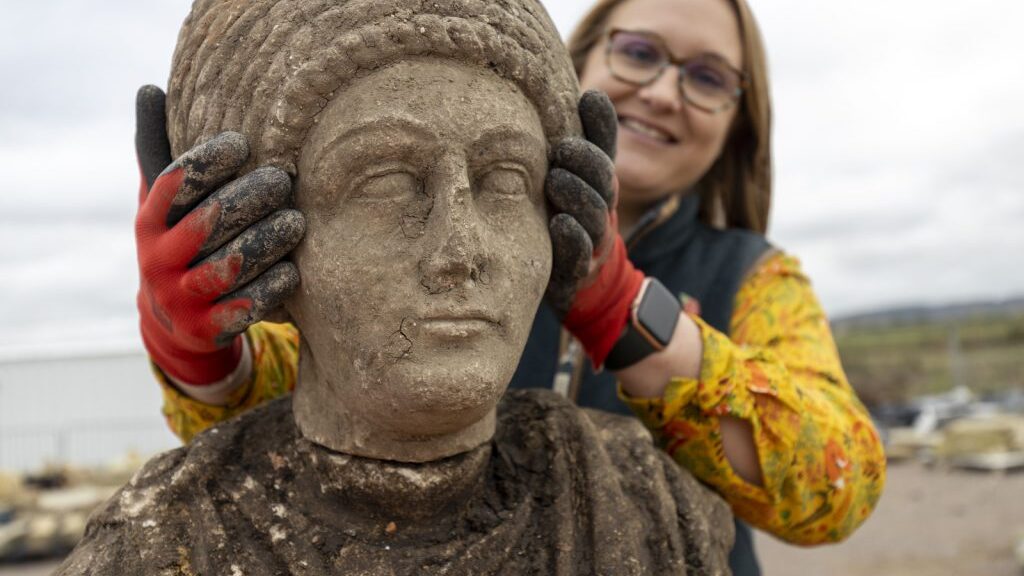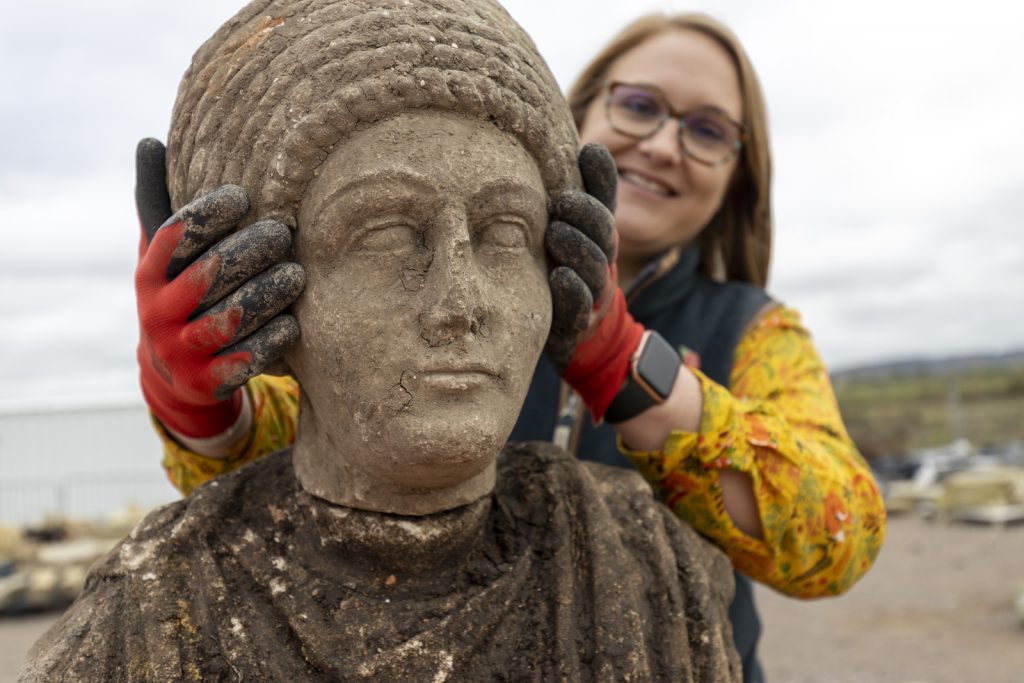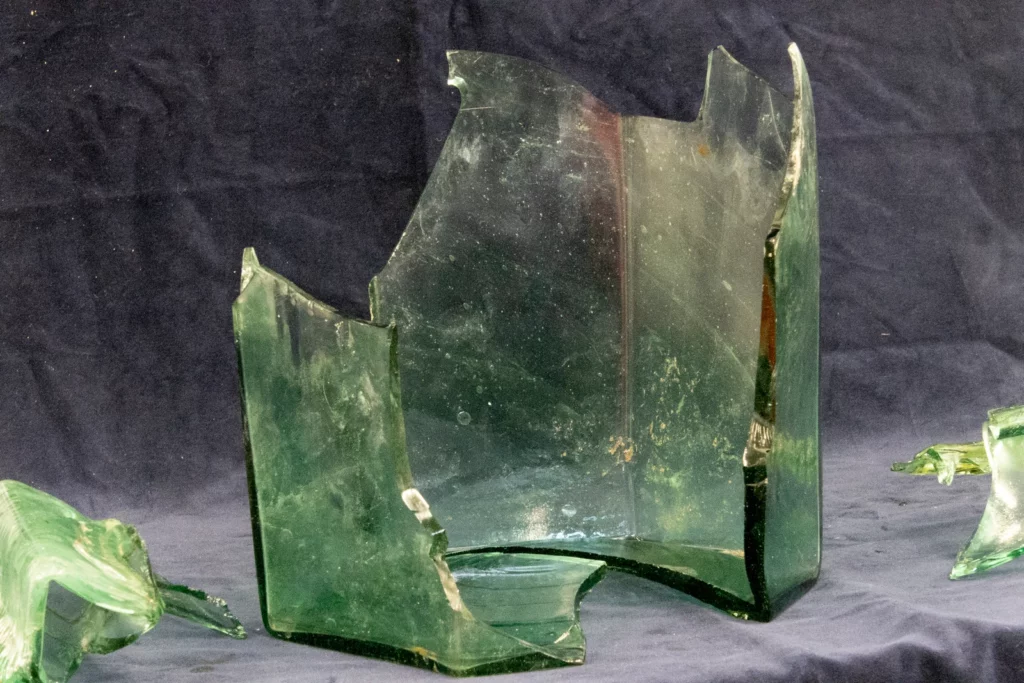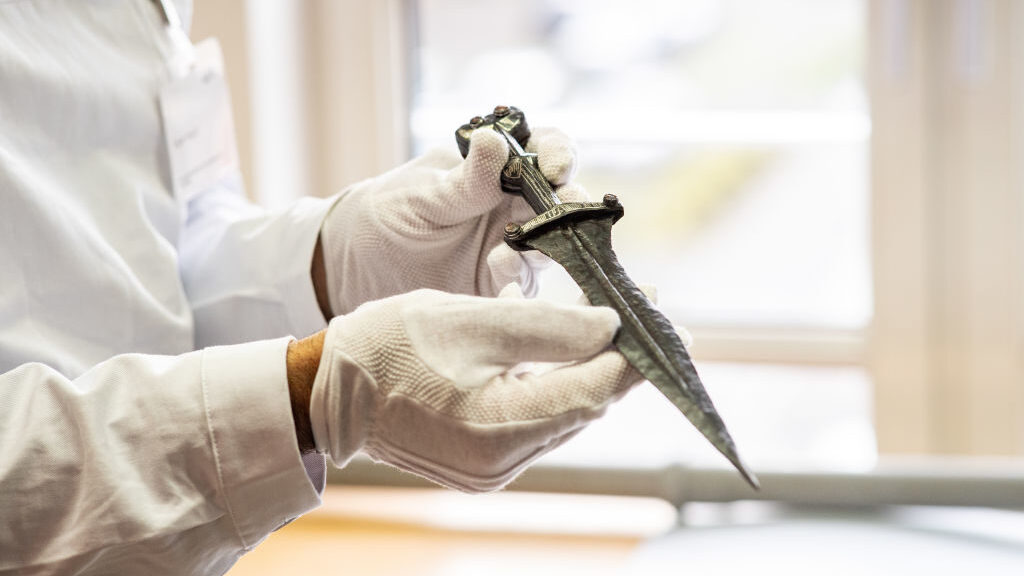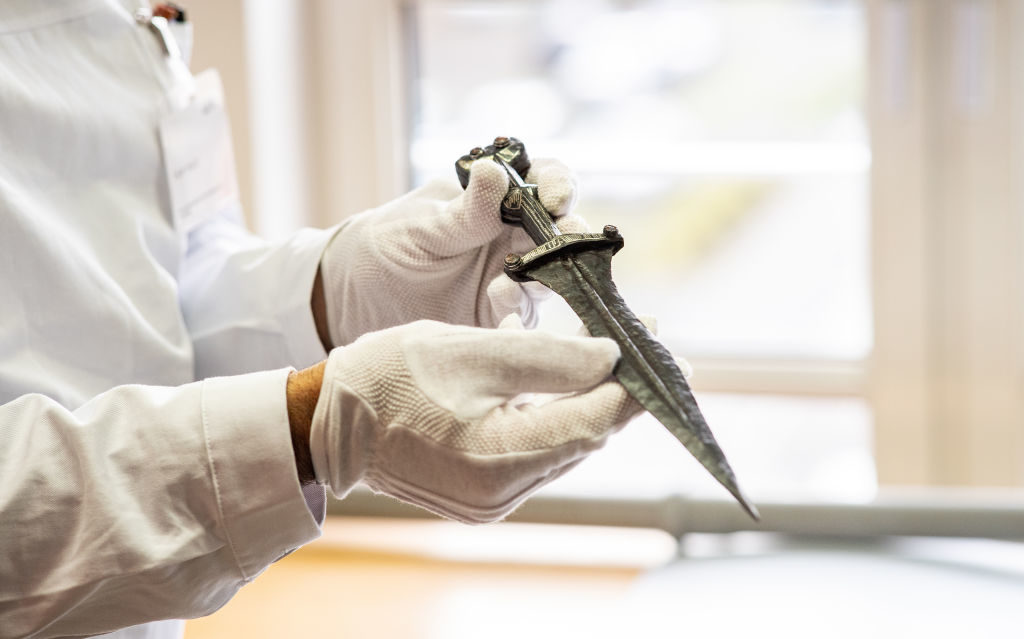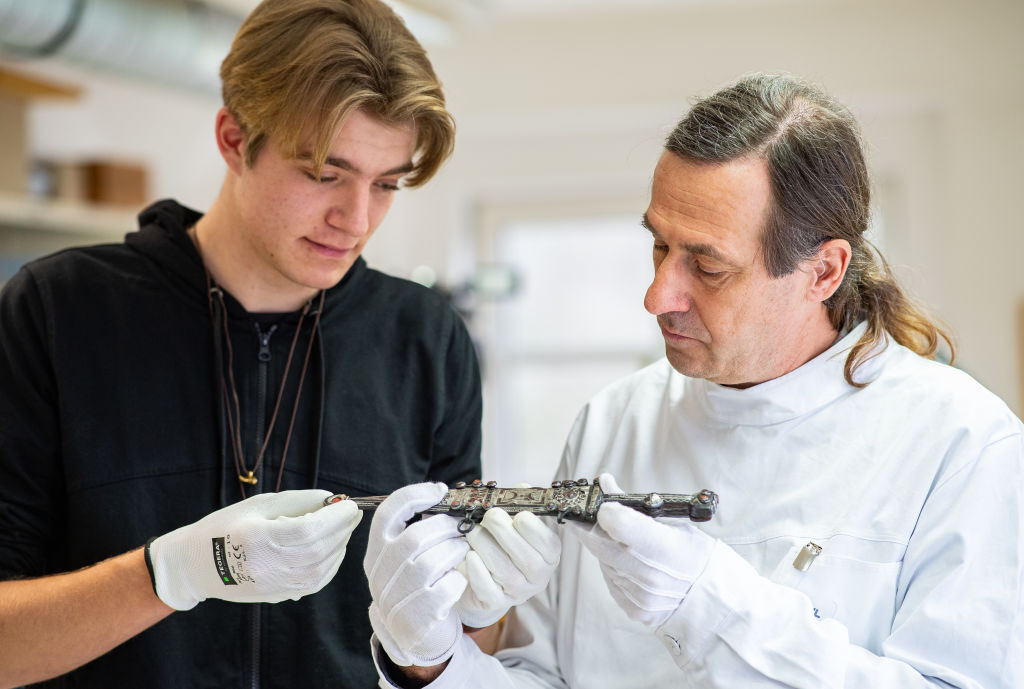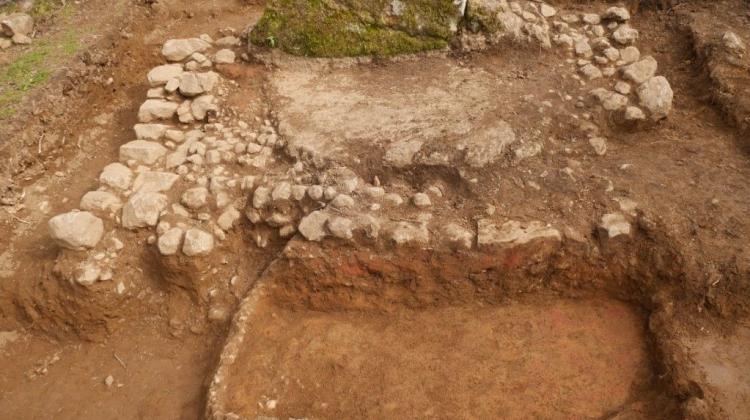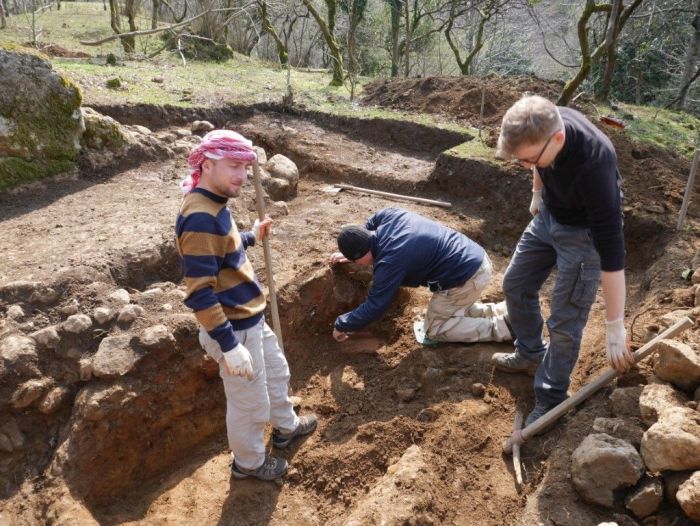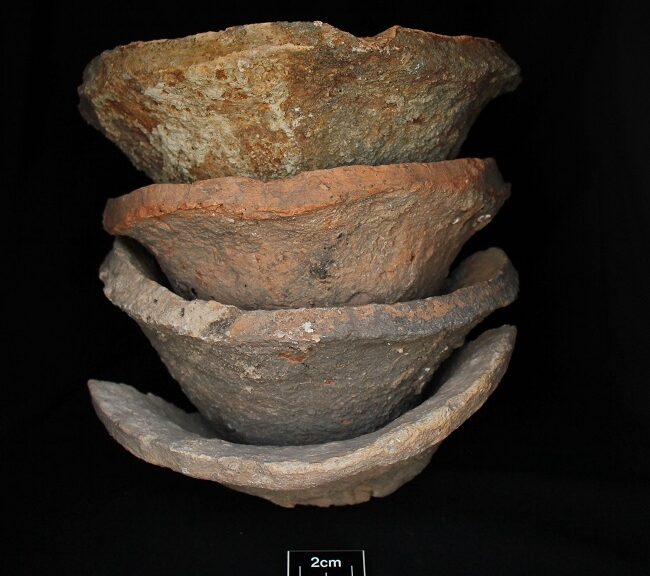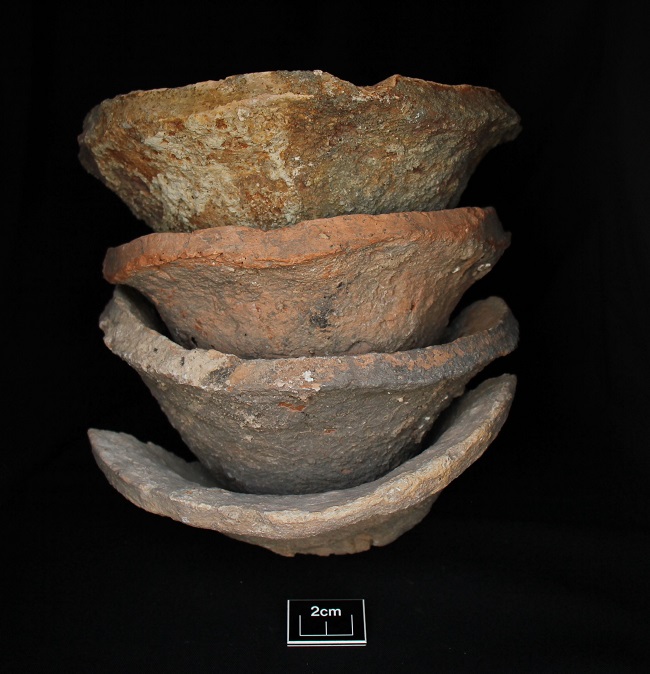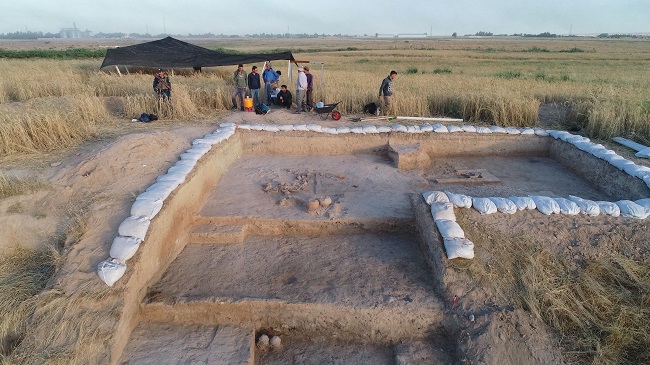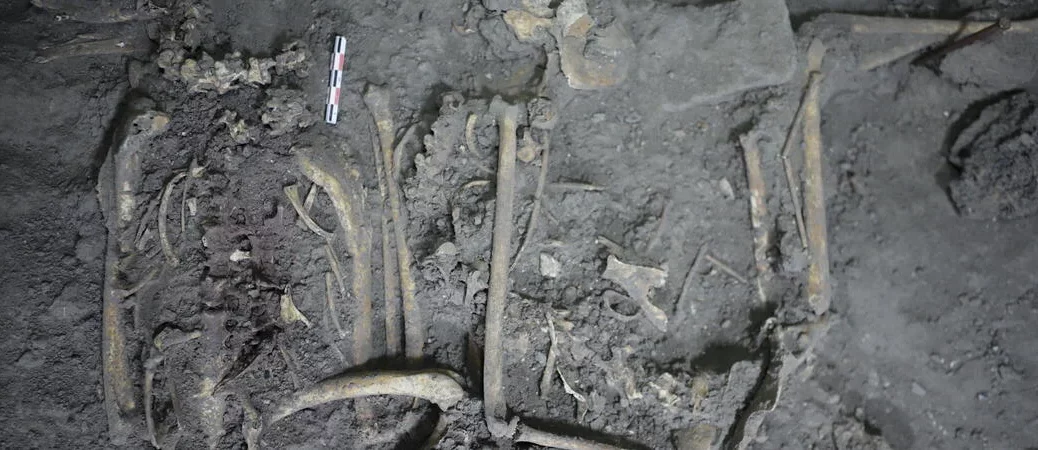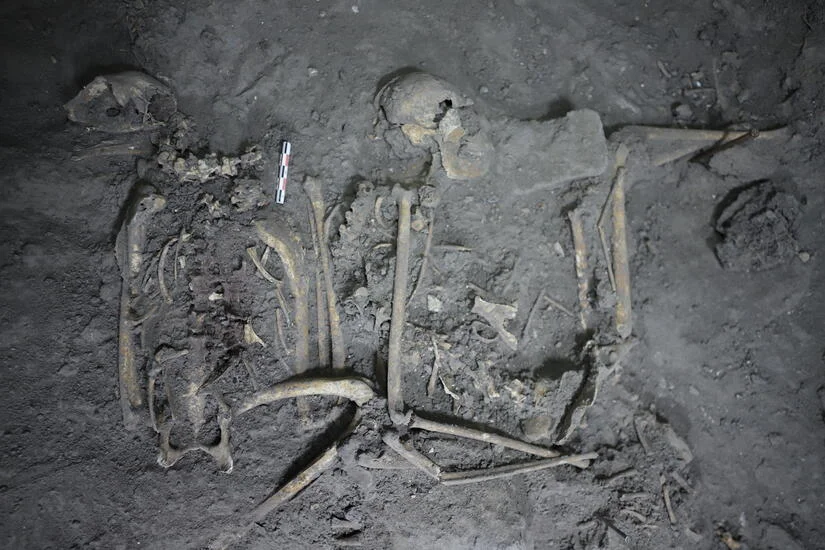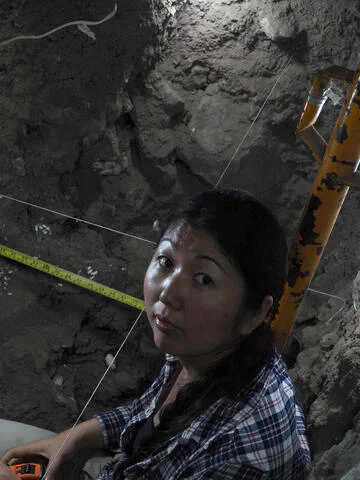A Polish-Croatian team discovered an Ancient Roman Temple under a Croatian 18th Century church
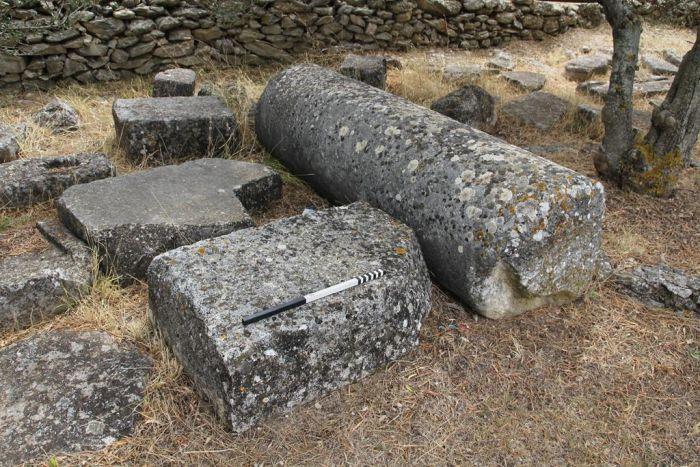
Under an 18th-century church, the Church of St. Daniel in Danilo near Sibenik, Croatia, the foundations of an ancient Roman temple have been found.
Sibenik is the location of the former Roman city of Ridit, though the secret of the ancient temple was previously unknown.
Finding the temple made use of LIDAR aerial scanning technology. Using LIDAR techniques, the Polish-Croatian team found the frame of the temple’s entrance, which is likely all that remains of an old colonnade.
According to archaeologists, the temple once measured 66 feet by 33 feet and had walls that were significantly larger than they are now.
Discovering team, in addition to the church, the team also found a nearby cemetery, which is said to have been in use between the 9th and 15th Centuries.
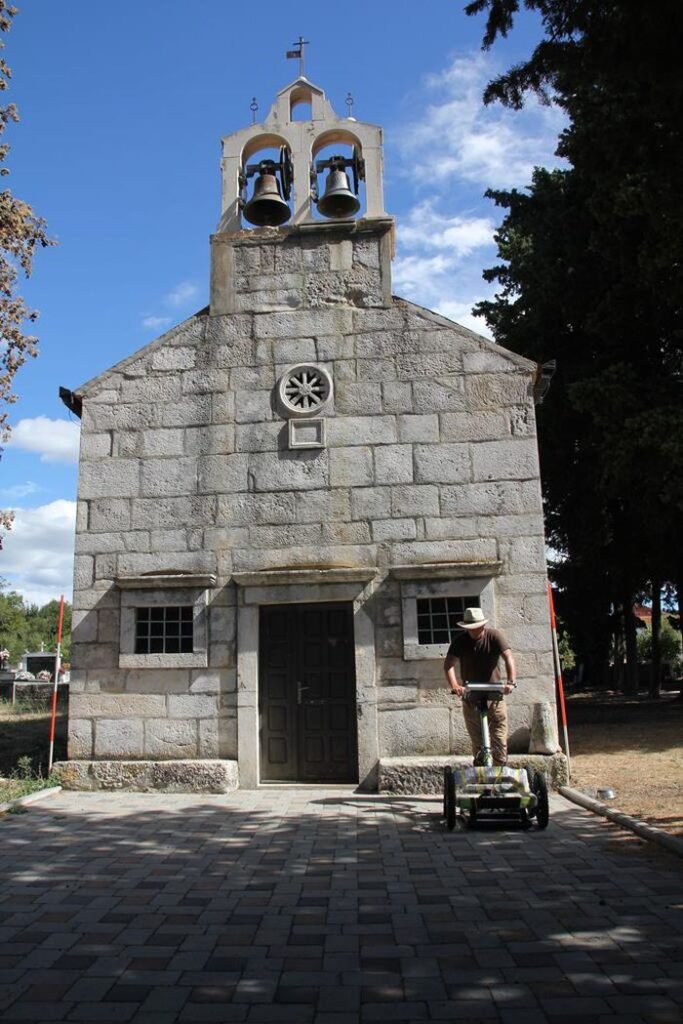
Polish research leader, Professor Fabian Welc of the Institute of Archaeology of the Cardinal Stefan Wyszyński University in Warsaw said that the temple was most likely part of a larger forum, which would have once been the location of several important public buildings, including courts and offices. He said, “The data we have collected indicate that under today’s church and the adjacent cemetery, there are relics of a temple, which was part of the forum, the most important part of a Roman city.”
He added that the forum was the centre of the social and economic life of the inhabitants of every Roman municipium (city). This forum was located at the intersection of the main communication arteries and was also the central point in the city.
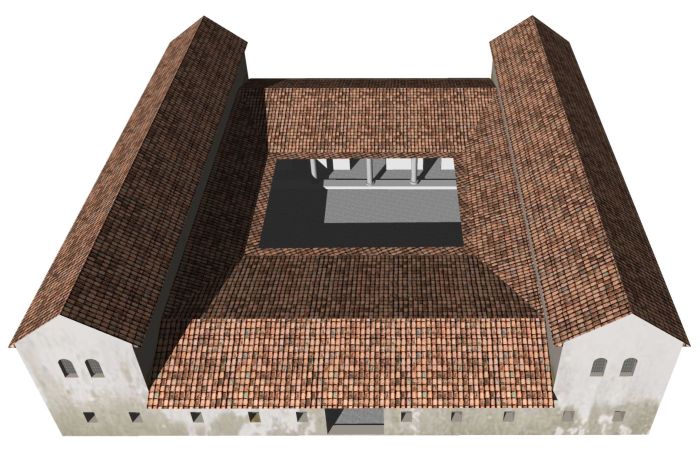
According to scientists, the church was not the only structure built on the ruins of the former temple. The nearby cemetery, which operated from the ninth to the fifteenth centuries, was also partially within its original range.
Some medieval graves were dug directly into Roman bath relics, as was the adjacent massive building with a central courtyard and a portico surrounded by numerous rooms.
Professor Welc said: “This means that the extensive medieval cemetery was founded directly on the relics of Roman buildings.”

Archaeological research has been undertaken in Danilo for the last 70 years. The joint Polish-Croatian project started in 2019.
It is carried out by researchers from the Institute of Archeology of the Cardinal Stefan Wyszyński University in Warsaw, the Institute of Archaeology in Zagreb, and the Šibenik City Museum.
